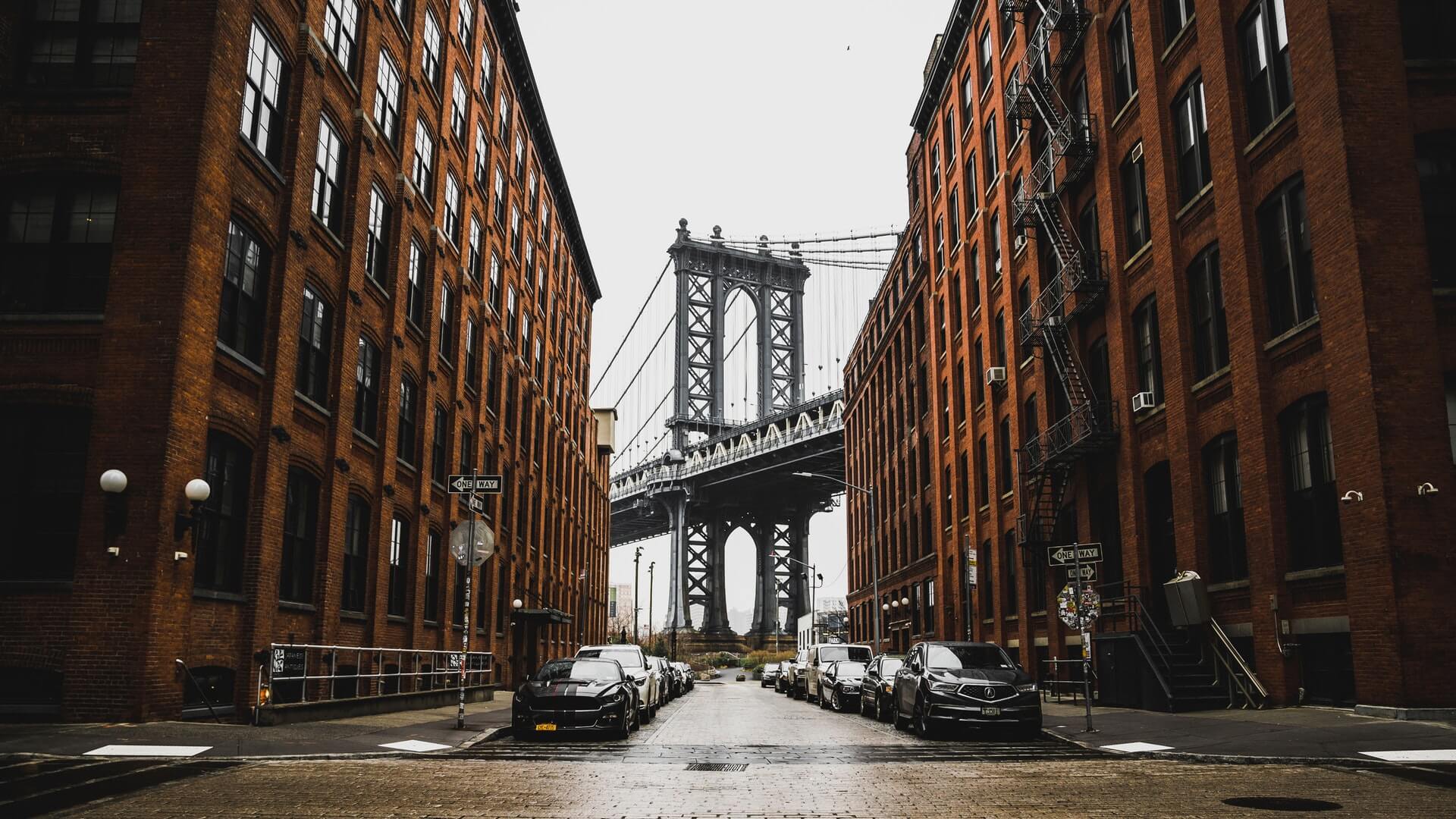Photography is a great hobby, passion, or career to get involved in as there are so many ways to enjoy photography and make art with it. While photography is wonderful, one of the most difficult aspects of it has to be the camera itself. There are so many types of cameras out there, all specializing in different things depending on the type of photos you’re trying to take. This can make choosing a camera extremely difficult for both beginners and seasoned photographers. That’s where this list comes in. Read on to learn about some of the best cameras currently on the market.
If you’re a brand new photographer just beginning on their photography journey, the Sony A6100 is great for you. This compact camera is quite impressive, featuring Sony’s 425-point hybrid autofocus system, a 24-megapixel APS-C sensor, the ability to shoot video in 4K, and much more. If you’re looking to upgrade to a Sony full-frame camera one day, this camera will go far due to having the same Sony E mount as the A7, meaning you can use all of the same lenses without having to get new ones. One of the biggest perks of this camera for beginners is the price, which usually falls around $750 – $800. While this may seem expensive, it’s actually quite tame for what a camera price can be.
If you’re looking for the best digital camera overall, it’s hard to go wrong with the X-T4. While it might not have the “biggest” or “best” of some of its overall quality is what really makes this camera shine. It sports a very classic design but has all of the modern features built-in, such as 4K video, a fully articulating monitor, and 5-axis sensor-shift stabilization, among other features. While many prior Fujifilm X-series cameras have been great, there’s almost always something that just isn’t right. With the X-T4, you don’t have to worry about that. Everything it does, it does great. It does come in at a whopping $1,700 though, so be prepared to spend a pretty penny if you’re thinking of getting it.
If you’re someone who travels a lot and wants to bring home superior quality photos to remember your trip by, the Sony RX100 VII is the camera for you. This camera is tight and compact but packs a punch by having an awesome roster of features such as fast autofocus, a 3.5mm microphone port, no-blackout viewfinder, and much more. The RX100 has plenty of more advanced features as well, but the truly great thing about this camera is that you’re not forced to use them in order to get a great picture, making this a great camera for pros and just plain old enthusiasts. Price-wise, this camera falls right in between the other two cameras mentioned in this blog – right at $1,200.
